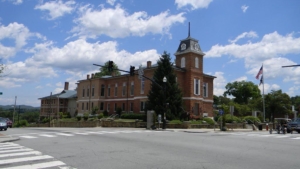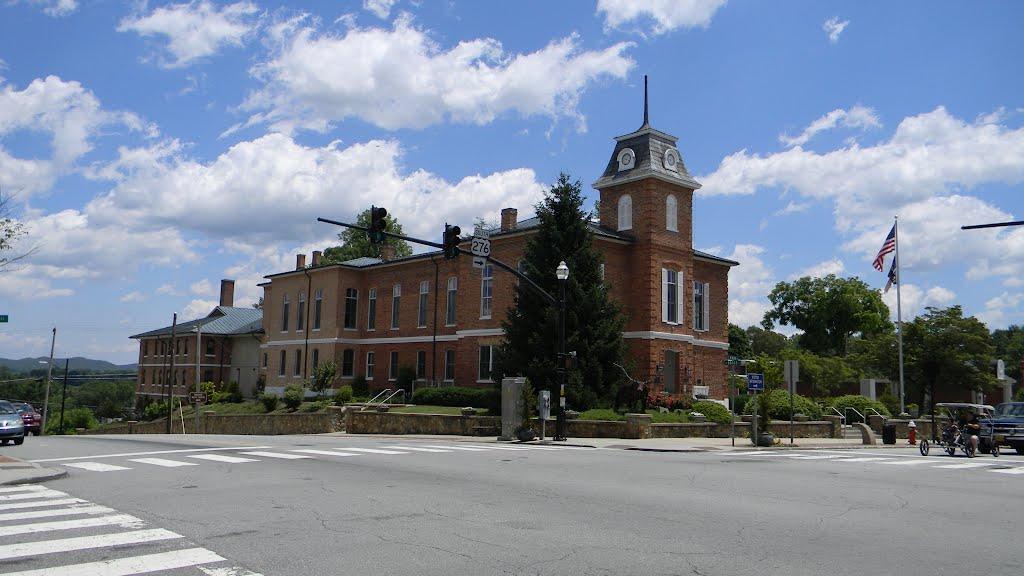Congress has several funding programs designed to incentivize private sector firms to help preserve America’s history, but the historic tax credit (HTC) program is the largest one. This particular program has leveraged more than $102 billion in private investment to rehabilitate older public assets in exchange for tax credits. The doors are currently open for more collaborative initiatives and public officials in many states are working with private sector partners to launch projects with this type of funding.
HTC is administered by the National Park Service and the Internal Revenue Service. The investment revenue preserves historic facilities, generates jobs, and revitalizes communities. It also increases property value, enlarges the tax base, and attracts new businesses. Each year, the program supports approximately 1,200 historic preservation projects and attracts an annual average of $6 billion from private sector investors.
But…there is even more incentive for investors because many states have their own historic preservation offices that offer additional tax enhancements that can be added to the federal tax credits. The details of the programs vary from state to state but the benefits are substantial.
History Colorado, the state’s historic tax credit program, offers a 35 percent tax credit to private sector companies that invest in historical rehabilitation projects in rural areas. When consolidated with federal tax credits, the tax reduction enhancement is considerably higher.
In Connecticut, the state historic tax credit program is administered by the Department of Economic and Community Development. Tax rebates of 25 percent of a qualifying project are granted to private sector investors. The percentage can escalate to 30 percent if the project includes an affordable housing component. Tax credits can also be carried forward for as many as five years or they can be sold.

Transylvania County Courthouse—originally constructed in 1873—will be renovated for an estimated $57 million. Photo courtesy of the North Carolina Judicial Branch.
In 2020, New Jersey enacted a Historic Property Reinvestment Program that now offers tax incentives as high as 40 percent for historic rehabilitation projects if the public asset becomes income-producing and has an equity component. As an example, an upcoming $20 million project will focus on the Historic King Records Studio in Cincinnati city. The facility will be rehabilitated, and new construction will include a studio complex, a learning center, and a recording studio. The project, when federal and state tax credits are consolidated, will potentially offer private sector investors a 45 percent tax rebate.
A historic tax credit project planned for Colorado Springs will involve an auditorium renovation. An initial cost estimate of $53 million was placed on the project several years ago, but costs will be higher now. Since the facility is listed on the National Register of Historic Places, the project will qualify for the maximum in federal tax credits. The renovation will include repurposing attic space to support a recording studio, installing removable seating, and construction of event and workforce development programs.
The El Camino Real Renewal Project in California has a cost projection of somewhere between $25 million and $35 million and oversight will be the responsibility of the California Department of Transportation. The objective will be to improve surface transportation, pedestrian safety, and flood mitigation along a three-mile stretch of roadway. Flanked on both sides by eucalyptus trees that were planted in the 1870’s, the segment of roadway that will be enhanced is listed on the National Register of Historic Places, which triggers the maximum in federal tax credit incentives. The project will include construction to enhance pedestrian crossings at 16 intersections along with other safety improvements.
The Transylvania County Courthouse in Brevard New York is projected to cost $57 million, and construction will begin when the current design work is completed. The objective will be to preserve the historic facility but also modernize it so that orderly and efficient administration of justice is possible and operational costs are reduced. The building was constructed in 1873 and is listed on the National Register of Historic Places.
An old, historic schoolhouse known as the Sessions Schoolhouse in Ionia County, Michigan will soon be renovated at a cost of approximately $1 million. This is the oldest cobblestone schoolhouse in the state of Michigan, and it was originally built in 1847. The iconic facility is, of course, listed on the National Register of Historic Places. The project will include new doors, windows, and flooring along with major refurbishing. Another renovation project in Michigan that will also qualify for tax incentives involves the historic Hartwick Pines Memorial Building which was originally constructed in 1929.
Renovation of the Kirkwood Train Station in Missouri will qualify for historic tax enrichment credits. The multi-million-dollar project will be launched as soon as the design work ends. The depot, built in 1893, is listed on the National Register of Historic Places so large tax incentives will be awarded. The project will include a new roof, an upgraded HVAC system, new windows, new restroom facilities, and re-flooring. It will also include improved ADA accessibility features, expanded storage units, new parking options, and a replacement canopy for the station’s platform.
These types of tax incentive programs are extremely attractive to investors. Public officials throughout America have dozens of qualifying projects in every region of every state. It is important to note that conversations about potential collaborations on historical renovation projects can be initiated by any interested party.







